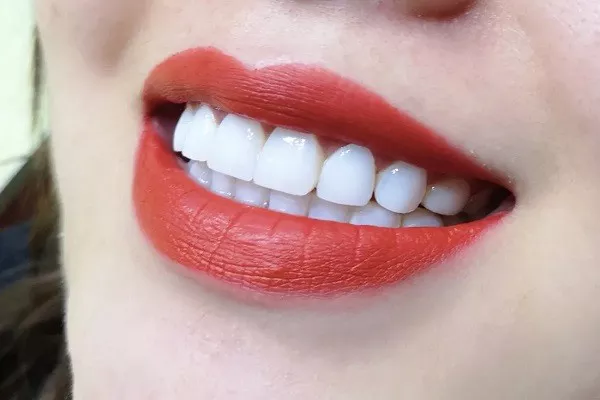Silver fillings, also known as dental amalgam fillings, have been used for decades as a reliable and cost-effective option for dental restorations. Composed of a mixture of metals, including silver, mercury, tin, and copper, silver fillings have stood the test of time in dentistry. In this article, we will delve into the world of silver fillings, exploring their composition, benefits, and considerations. By understanding the intricacies of silver fillings, patients can make informed decisions about their dental treatment options.
I. Understanding Silver Fillings
A. Composition of Silver Fillings:
- Amalgam: Dental amalgam is a mixture of metals, typically consisting of silver, mercury, tin, and copper.
- Mercury Content: Mercury is used in amalgam to bind the metals together and provide a durable restoration.
B. Advantages of Silver Fillings:
- Durability: Silver fillings are known for their longevity and ability to withstand the forces of chewing.
- Cost-Effectiveness: Amalgam fillings are generally more affordable compared to other dental restoration materials.
- Versatility: Silver fillings can be used to restore both posterior and anterior teeth.
C. Considerations for Silver Fillings:
- Appearance: Silver fillings are noticeable due to their metallic color, which can be a concern for patients seeking a more aesthetic option.
- Mercury Content: Although the mercury in dental amalgam is considered safe for most patients, individuals with specific health conditions may require alternative filling materials.
- Tooth Preparation: The dentist needs to remove more healthy tooth structure to accommodate the placement of silver fillings compared to other materials.
II. The Silver Filling Procedure
A. Examination and Diagnosis:
- Assessment of Tooth Condition: The dentist examines the tooth and determines if a silver filling is the appropriate treatment option.
- Local Anesthesia: If necessary, the dentist administers local anesthesia to ensure a comfortable procedure.
B. Tooth Preparation:
- Removal of Decay: The dentist removes the decayed portion of the tooth, ensuring all affected areas are thoroughly cleaned.
- Tooth Etching: The tooth surface is etched using an acidic solution to create a better bond between the filling material and the tooth structure.
C. Placement of Silver Filling:
- Mixing the Amalgam: The dentist mixes the amalgam material according to precise ratios and manipulates it to achieve the desired consistency.
- Filling Placement: The dentist places the amalgam material into the prepared tooth, shaping and contouring it to restore proper tooth function and aesthetics.
- Curing and Polishing: The amalgam filling hardens over time, and the dentist polishes it to achieve a smooth and natural-looking surface.
III. Considerations and Benefits of Silver Fillings
A. Longevity and Durability:
- Silver fillings are known for their ability to withstand the forces of chewing and can last for many years.
- They are suitable for patients with heavy biting forces or who grind their teeth.
B. Cost-Effectiveness:
- Compared to other filling materials, such as composite resin or porcelain, silver fillings are generally more affordable.
- They provide a cost-effective option for patients seeking dental restorations on a budget.
C. Clinical Performance:
- Silver fillings have a proven track record of clinical success and are considered a reliable option for restoring decayed or damaged teeth.
- They can be used in various tooth surfaces and are particularly well-suited for posterior teeth.
Conclusion
Silver fillings, or dental amalgam restorations, have been used for many years as a durable and cost-effective option for dental restorations. Composed of a mixture of metals, including silver, mercury, tin, and copper, these fillings offer longevity and withstand the forces of chewing. While the metallic appearance and mercury content may raise concerns for some patients, silver fillings remain a popular choice due to their affordability and proven clinical performance. It is essential for individuals to discuss their specific dental needs and concerns with their dentist to determine the most suitable filling material for their oral health. With proper care and regular dental visits, silver fillings can contribute to maintaining healthy and functional teeth.
Related Topics:





























